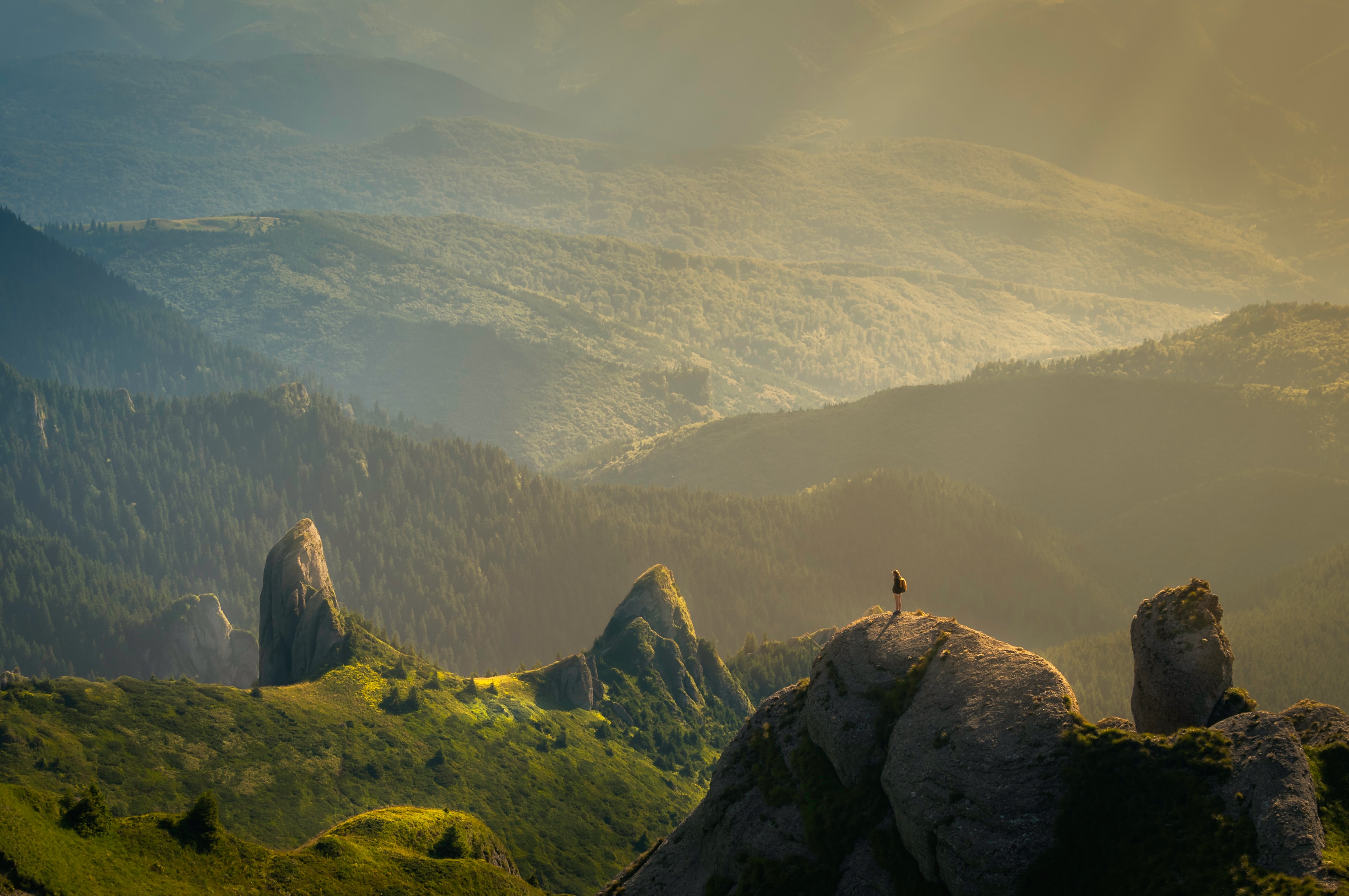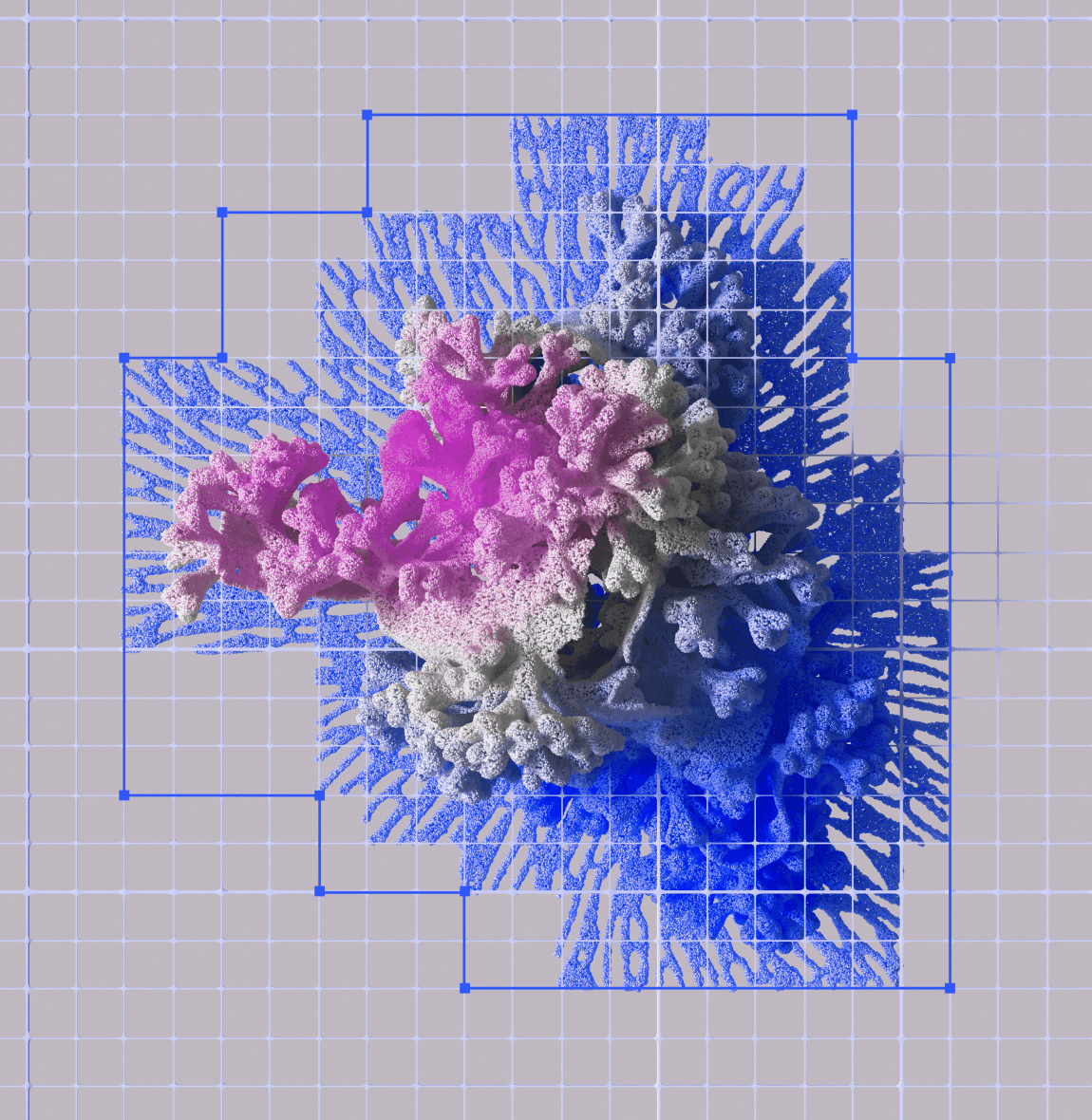
Timelapse in Nature: Revealing the Wonders of the Natural World
Have you ever wondered what the world looks like when you're not looking? Timelapse photography gives us a glimpse into the secret lives of nature and the hidden dramas that unfold each day while we go about our human business. Using special cameras
Have you ever wondered what the world looks like when you're not looking? Timelapse photography gives us a glimpse into the secret lives of nature and the hidden dramas that unfold each day while we go about our human business. Using special cameras, photographers are able to capture images over a long period of time and then stitch them together into a flowing video. The result is a accelerated view of the world around us that reveals the wonders that we often miss in our day to day lives. From blooming flowers to drifting clouds to the celestial dance of the night sky, timelapse transforms the ordinary into the extraordinary. So sit back and enjoy the show as we uncover the hidden rhythms of the natural world around you. The wonders of nature are more wondrous than you ever imagined.
Capturing the Motion of Nature Through Timelapse
Capturing nature in motion is a magical thing. Timelapse photography allows us to see the world around us in a whole new way by compressing time. You can observe the subtle changes that normally pass us by - the slow opening of a flower bud, clouds dancing across the sky, shadows shifting with the sun.
To get started, you'll need a camera that can take still photos over a long duration. A DSLR, mirrorless, or even an advanced point-and-shoot camera will work great. You'll also want a sturdy tripod to keep your camera steady, and possibly an intervalometer to automatically trigger shots.
Once you have your gear, find an interesting natural subject and compose your shot. Set your camera to take a photo every few seconds or minutes, depending on how fast your subject is changing. For flowers blooming or clouds moving, start with a shot every 30 seconds. For shadows or sunsets, you may only need a shot every 2-5 minutes.
Let your camera run for at least 30-60 minutes to capture enough change to create a smooth timelapse. The more shots you get, the smoother your end result will be. Be patient - the magic will happen in post-processing!
Import your photos into timelapse editing software like Adobe Lightroom, Adobe After Effects or Timelapse Workflow. Select all your shots and the program will stitch them together into a video, adjusting settings like frame rate, resolution, and panning/zooming for the best results.
With some practice, you'll be creating gorgeous timelapses showing the beauty and wonder of nature in motion. Discover a whole new way of seeing the world around you and share it with others. Timelapse photography can be highly rewarding and a fun, creative outlet for any nature lover.
Revealing Hidden Wonders Beneath the Ocean
Have you ever wondered what goes on beneath the ocean surface? Timelapse photography allows us to speed up time and reveal the hidden dramas of marine life.
One fascinating phenomenon is coral spawning, where coral colonies simultaneously release eggs and sperm into the water. This usually happens at night, so timelapse is the only way to capture the colorful clouds of gametes drifting through the sea. Some coral spawn for just a few minutes each year, so timing the footage is challenging but rewarding.
Mysterious migrations
Timelapse also unveils the massive migrations of plankton, krill, and jellyfish. Though largely invisible to the naked eye, plankton blooms containing millions of tiny organisms can span miles. Krill, shrimp-like creatures at the base of the food chain, migrate vertically through the water column each day. And jellyfish, with their slow-motion pulsing, make a hypnotic subject for timelapse.
A frenzy of feeding
When prey like plankton and krill congregate, predators follow. Watching sharks, turtles, whales, and seabirds flock to feed on dense patches of food is a spectacle of nature. The water churns as they gobble up millions of tiny morsels in a feeding frenzy.
From the macro to the micro, timelapse opens up the sea's hidden universe all around us. What was once invisible and unknown becomes an endlessly fascinating world ripe for exploration. The ocean's greatest secrets are finally being revealed, one frame at a time.
Uncovering the Mysteries of the Night Sky
Have you ever gazed up at the night sky and wondered what happens after dark? So much of nature’s drama unfolds once the sun goes down. Timelapse photography using motion-activated cameras allows us to accelerate these nighttime events and gain a glimpse into the mysteries of the night sky.
\n\n### Catching the Celestial Ballet
As evening falls, the celestial performance begins. Stars emerge one by one, constellations slowly spin into view, and the moon rises over the horizon. Timelapse captures the stately waltz of the night sky, revealing the rotation of Earth and motion of the heavenly bodies above. Stars trace arcs across the sky, the moon climbs higher, planets wander between constellations. Gaze in wonder at the clockwork precision of the cosmos as the celestial ballet unfolds before your eyes.
\n\n### Witnessing Nature's Night Shift
While humans slumber, nature's night shift begins. Timelapse exposes the secret lives of nocturnal animals and insects. Capture bats swooping through the air, moths fluttering under streetlights, owls silently hunting in the dark and coyotes howling at the moon. See flowers unfold under moonlight, mushrooms sprout from the soil and plants follow the motion of the sun. A hidden world of activity is revealed through the lens of timelapse photography.
\n\n### Monitoring Environmental Change
Timelapse also allows scientists to monitor gradual changes in the environment that are hard to perceive in real time. Photographs taken at regular intervals over days, months or years can be stitched together to reveal changes in landscapes, loss of habitat, effects of pollution or impacts of climate change. Glaciers melt, forests expand or contract, lakes and rivers swell or shrink. By speeding up time, timelapse transforms the slow passage of days into a powerful visual tool for understanding the world around us.
Timelapse photography opens a window into the secret lives of nature at night. Witness wonders rarely seen, gain insights into mysteries of the dark and better understand the world we inhabit. The celestial ballet, nature’s night shift and environmental changes - all are on display if we but take the time to look.
Witnessing the Changing Seasons Accelerated
Timelapse videos are a mesmerizing way to witness the changing of the seasons in hyper speed. Through the magic of timelapse, you can observe nature’s gradual transformations that normally unfold over days, weeks and months accelerate before your eyes.
Spring Awakening
As winter fades, signs of spring emerge from the landscape as if awakening from a long slumber. Buds swell and burst open into delicate flowers, while new green leaves unfurl from barren tree branches. Birds return from faraway places, building nests and raising their young. Rain showers come and go, bringing vibrant rainbows that arch across the sky. The days grow steadily longer and warmer under the brightening sun.
The Heat of Summer
The lush green foliage of spring matures into a sea of deeper, richer hues. Blooms fade and fruits ripen, attracting pollinators and hungry wildlife. Thunderstorms sweep through, dropping curtains of rain that sizzle on sun-baked ground. Fireflies glow like wandering stars in the velvety night. Cicadas sing their rhythmic summer song at the tops of trees, crickets chirp in chorus at dusk. The sun reaches its peak, casting shorter shadows at high noon.
The Fall Transition
As summer wanes, the first hints of autumn creep in. Leaves begin their colorful transformation, shifting into vibrant reds, oranges and yellows. The days shorten, and the angle of the sun grows lower in the sky. Morning mist rises from the earth, burning away under the warm midday sun. The lively sounds of summer fade into the quieter rustling of leaves. Geese fly in V-formation, honking as they journey southward to escape the coming cold.
The Beauty of Winter
Bare, silhouetted trees stand silent under overcast skies. A crisp chill fills the air as the landscape slumbers under a blanket of white. Delicate snowflakes drift down, glittering in the pale winter light. Icicles hang from eaves like frozen daggers, melting on sunny days and refreezing at night. Smoke curls from chimneys as hearths within glow with warmth and cheer. The earth rests in this season of stillness, gathering strength for the spring that’s yet to come.
Timelapse FAQ: All About the Technique Revealing Nature's Wonders
Timelapse photography is a technique where the frequency at which film frames are captured is much lower than that used to view the sequence. When played at normal speed, time appears to be moving faster and thus lapsing. Timelapse in nature reveals wonders that often go unnoticed by the human eye.
How does timelapse work?
Timelapse photography works by taking a series of photos at a slower rate than normal video recording and then playing them back at a higher speed. This allows us to see slow changes in nature that are undetectable to the human eye like a flower blooming, a sunset, or even the Milky Way moving across the night sky.
What equipment do I need?
To get started with timelapse photography, you'll need a few basic pieces of equipment:
A camera (DSLR, mirrorless, or action cam)
A tripod to keep the camera steady
Intervalometer or timer to automatically take photos at set intervals
Optional: neutral density filters, extra batteries, weather-sealed equipment for outdoor timelapses
How do I shoot a timelapse sequence?
Here are the basic steps to shoot your own timelapse sequence:
Choose your subject and composition. Pick something that changes or moves slowly over time like the sun, moon, sky, landscape, etc.
Set up your camera on a tripod and frame your shot. Make sure your composition is balanced and the horizon is level.
Determine your interval settings. The interval refers to how often a photo is taken. Shorter intervals for fast-changing subjects, longer for slow changes.
Calculate how long you need to shoot. Take into account how fast your subject is changing to determine total shooting time. It's best to overshoot.
Start shooting. Activate your intervalometer or timer and let your camera start firing away.
Review and edit your photos. Import your images into video editing software, make any adjustments, set a playback frame rate, and export your timelapse video.
Share your results! Post your nature timelapse video online and awe everyone with the beauty of the natural world.
Timelapse photography is an exciting technique for creatively capturing the magic in nature that often goes unseen. With some patience and the right equipment, you'll be creating your own stunning timelapses in no time.
Conclusion
So there you have it, a glimpse into the breathtaking beauty and wonder that surrounds us each and every day. Through the magic of timelapse photography, we can accelerate the passage of time to witness nature's most spectacular shows - the dancing colors of the auroras, the fleeting bloom of a flower, the journey of the sun and moon across the sky. Our world is an intricate system of constant change and renewal. Yet in our busy lives, we often miss these moments of beauty and wonder. Timelapse gives us a chance to slow down, reconnect with the natural world around us, and remember that we are all part of something far greater than ourselves. Open your eyes and see what miracles unfold before you each day. Our planet has so much to share with us, if only we take the time to listen.
Subscribe to our newsletter
Get a weekly tech digest: podcast episodes, tips, and resources delivered straight to your inbox.
Other episodes you may like
Episode notes
Subscribe to our newsletter
Get a weekly tech digest: podcast episodes, tips, and resources delivered straight to your inbox.
Other episodes you may like
Episode notes
Subscribe to our newsletter
Get a weekly tech digest: podcast episodes, tips, and resources delivered straight to your inbox.






